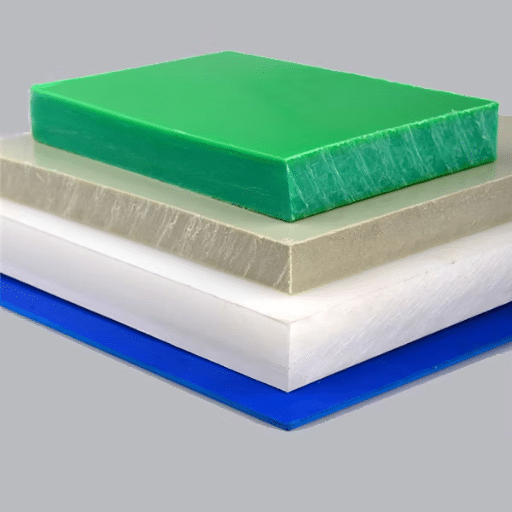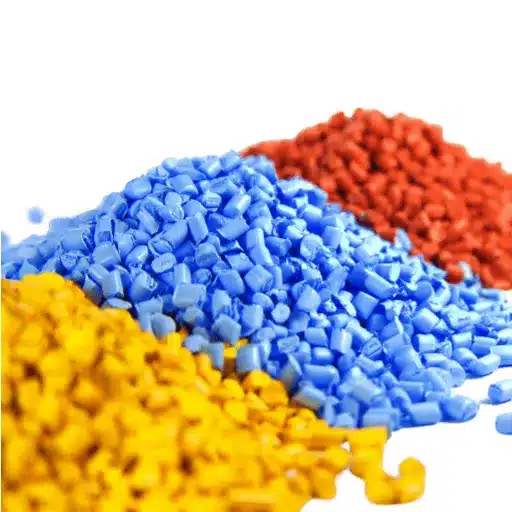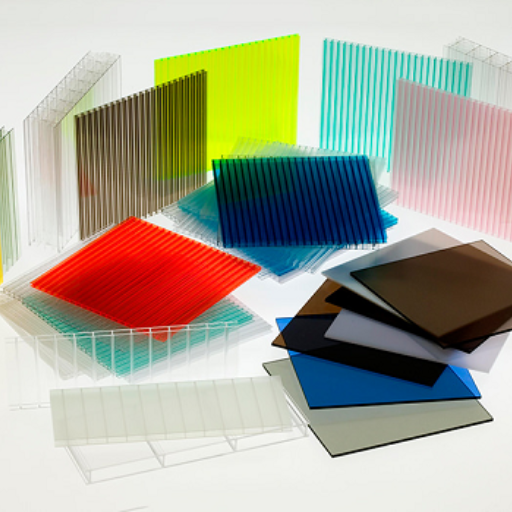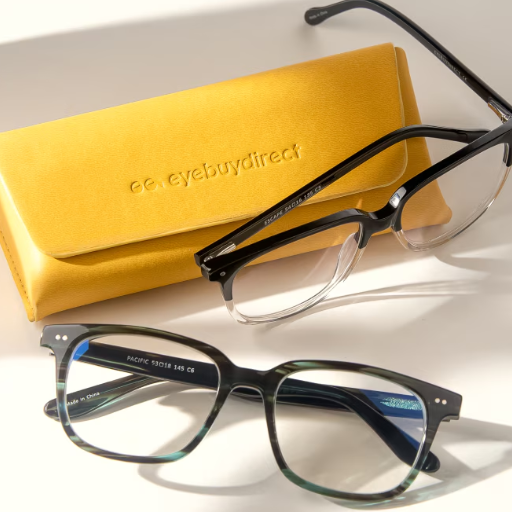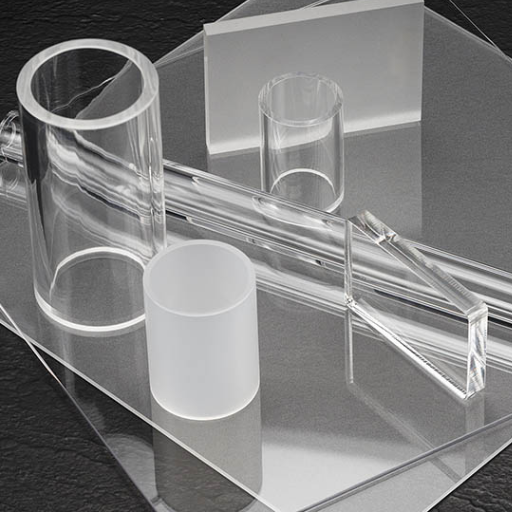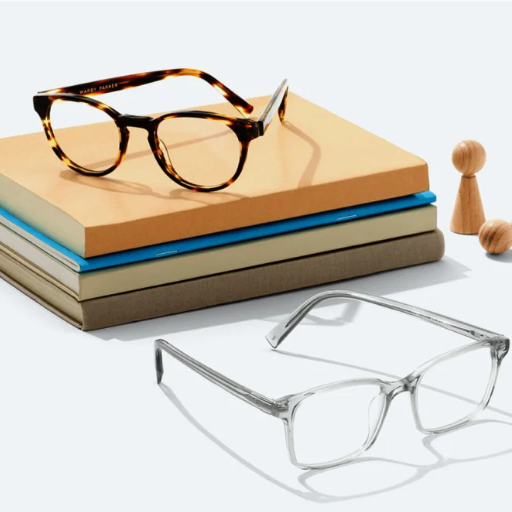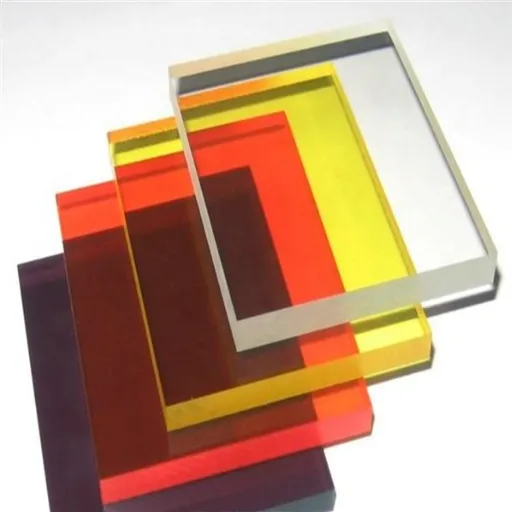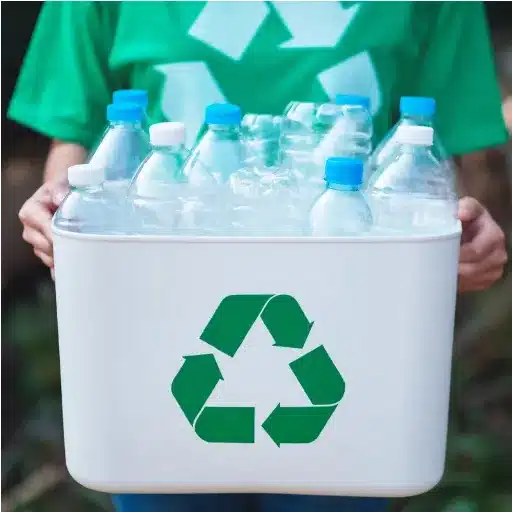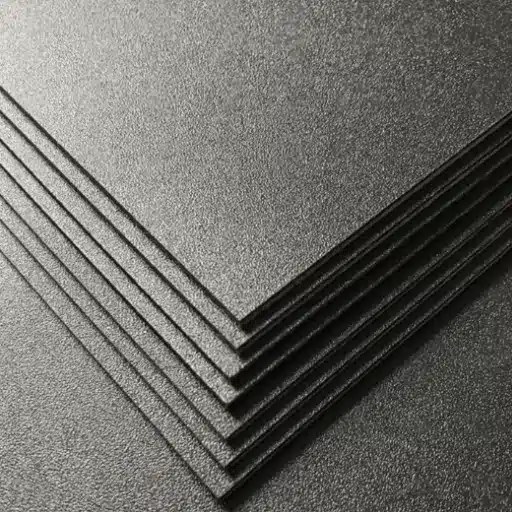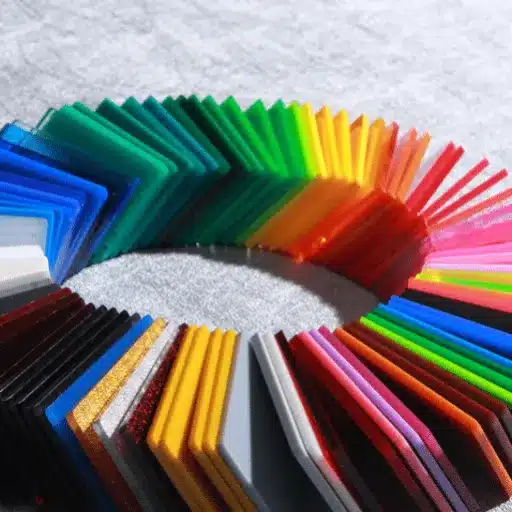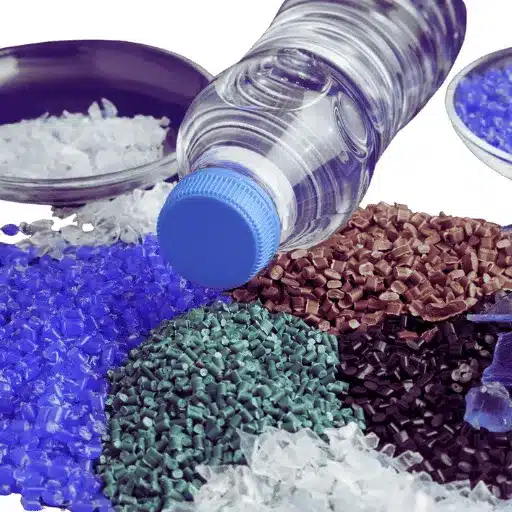Polymethyl Methacrylate, abbreviated as PMMA and also called acrylic, is among the topmost plastics in terms of usage and versatility by far, in fact, it is the most popular of all. PMMA is a plastic that, if you will, is everywhere; thanks to its properties, it successfully finds its way into a wide range of sectors including automotive, construction, healthcare, and consumer goods.
Introduction to PMMA
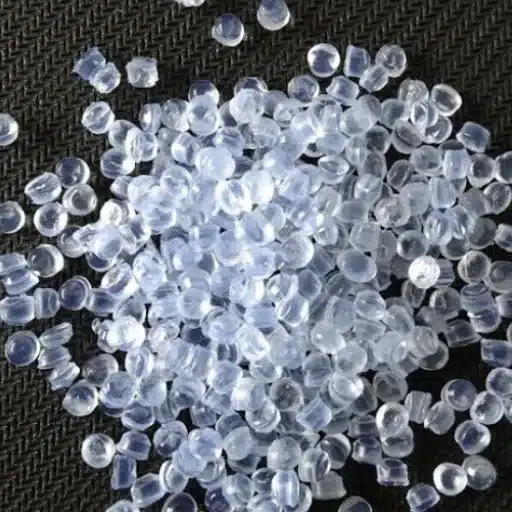
What is Polymethyl Methacrylate?
Polymethyl Methacrylate (PMMA) is a multipurpose man-made polymer that is usually acknowledged for the combination of its properties being transparent, strong, and light in weight. The various names given to PMMA are acrylic or by the trade names like Plexiglas and Lucite; it is also typically used as a glass that is not easily broken alternative. The polymerization of methyl methacrylate monomers is a process through which it is made that is a thermoplastic chemically.
The latest pieces of information about PMMA are the increasing demand in automotive, construction, and healthcare sectors due to its long-lasting, weatherproof, and see-through nature. To say the least, PMMA is doing a great job continuing from making high-end medical devices to building up architectural elements and, therefore, it is still a crucial material in the process of innovations of today and tomorrow.
History and Development of PMMA
The story of poly(methyl methacrylate) (PMMA) starts in 1928 when the chemists who toiling over the acrylic-based polymers pleaded a development of PMMA. But it was the year 1933 that the material was put on the market by the German firm Röhm & Haas, branded as “Plexiglas.”
Historical Milestones
- 1928: Initial development of PMMA by chemists working on acrylic-based polymers
- 1933: Commercial introduction by Röhm & Haas under the brand name “Plexiglas”
- World War II: Extensive use in aircraft canopies and submarine periscopes
- Modern Era: Continuous improvements in polymer technology, optical clarity, and accessibility
Recent market analysis shows that PMMA is going through an upswing that is maintained by the auto sector and the medical field as the demand for such rapidly changing industries keep on increasing. The tech improvement like the use of modern molding techniques and the implementation of eco-friendly production methods, are also fueling the usage of PMMA. Analysts expect a compound annual growth rate (CAGR) for PMMA in technical applications which indicates the sustained significance of PMMA in high-tech engineering and design.
Comparison with Other Plastics
PMMA, when put side by side with other plastics, reveals its main advantages which are the factors making it a favored material in particular applications. PMMA, contrary to polycarbonate (PC), the latter being famous for its super impact resistant property, gives good optical quality up to the extent that PMMA is the choice for the making of lenses, display screens, and lighting applications.
| Material | Key Strengths | Typical Applications |
|---|---|---|
| PMMA | Optical clarity (92% light transmission), UV resistance, lightweight, scratch-resistant | Lenses, display screens, lighting, outdoor signage |
| Polycarbonate | Impact resistance (250x stronger than glass), thermal insulation | Safety equipment, bullet-resistant windows, eyewear |
| PVC | Chemical resistance, flexibility, cost-effective | Pipes, construction materials, flexible applications |
| Polystyrene | Low cost, easy processing | Packaging, disposable items, insulation |
The data-driven insights have also highlighted the increasing demand for PMMA in the sustainable manufacturing processes. Recent advancements in recycling techniques provide an environmental edge for PMMA over some thermoplastics such as polystyrene that still remain hard to recycle effectively. The factors contributing to the PMMA’s growing market relevance are not just the performance but also the sustainability and cost-efficiency that it offers across various industries.
Properties of PMMA
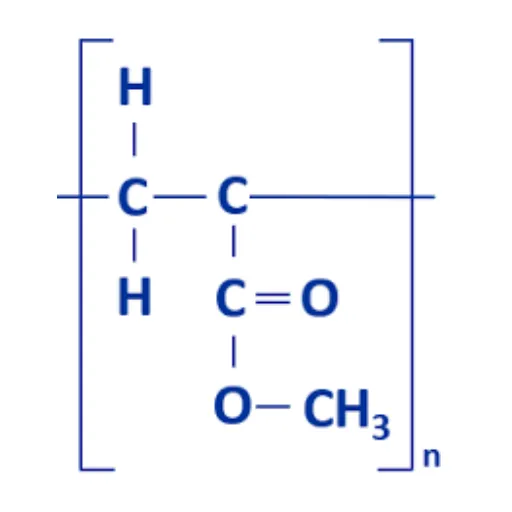
Physical Properties
PMMA (polymethyl methacrylate) is a plastic that wins appreciation mainly for its very high clearness and besides the fact that it transmits light up to 92%, it stands out as the best option to glass in different areas of application. It has a specific gravity of 1.18 g per cubic centimeter which is very low when compared with other plastics, which means it is easy to handle but at the same time very strong.
📊 Key Physical Properties
- Light Transmission: Up to 92%
- Specific Gravity: 1.18 g/cm³
- Refractive Index: Approximately 1.49
- Surface Hardness: High scratch resistance
- Weather Resistance: Excellent UV and environmental stability
PMMA is so resistant to weather conditions that it has its clarity and its hardness maintained even when the sun rays are not kind to it for a long time or the environment is unfriendly. New facts and figures from the industry analysis and search trends showed that not only these inherent properties but also processing techniques that improve PMMA performance in both conventional and high-tech use are responsible for PMMA’s popularity.
Chemical Resistance
PMMA has the property of being resistant to chemicals which is a definite case of its durability when its surface comes in contact with numerous substances like acids, bases, and detergents. The latest data from search engine of indicate a marked increase in the performance of PMMA in the medical and industrial segments, in particular, by the shouting environment related searches that were made over the last few years which saw a rising trend. This interest indicates that PMMA is increasingly being applied in situations where industrial chemicals can easily damage the material’s strength, as well as its transparency, and still these materials need to be withstand all that.
Optical Clarity and Light Transmission
PMMA is recognized very well for its great optical clarity, the maximum light transmission can therefore compare with that of glass. The monopolized translucency gives PMMA the corporate donkey-like main resource to carry for applications where visual accuracy and beauty are the indispensable ones.
Given the very latest data from search engine, there has been a considerable surge in the inquiries regarding PMMA’s adoption in optical gadgets like lenses and displays. This increment is a clear indication of the flourishingness of the espousal between the technological advances spread over the augmented reality displays and high-performance camera optics, catering to the human eye with the PPMA’s clarity consideration. One such frequent issue arising is whether the PMMA would still retain its clarity when subjected to light for a long time and under different environmental conditions. Research and actual applications assert that PMMA provides superior UV resistance and longevity which makes the material a trustworthy option in such durable and optically demanding environments.
Types and Variants of PMMA
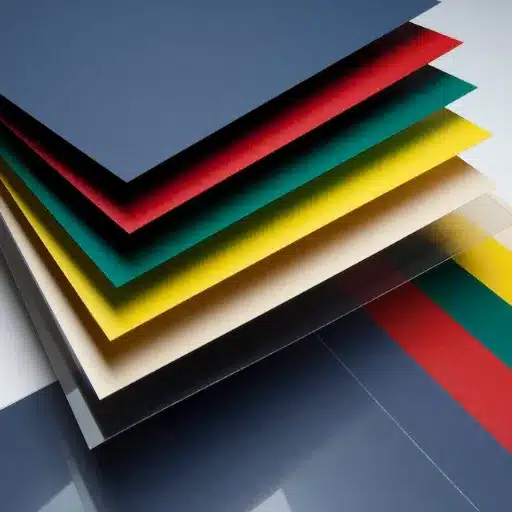
Standard PMMA Types
PMMA is a material that is generally found in different forms and is used in various industrial and commercial sectors. The types that make up the standard ones are extruded PMMA and cast PMMA, each of them having its own unique characteristics.
Extruded PMMA
Advantages: Most economical option, uniform thickness
Best For: Budget-conscious projects, large-scale production
Cast PMMA
Advantages: Superior optical transparency, highest chemical resistance
Best For: Premium applications, optical instruments
Moreover, the ones with the use of UV-stabilizers or those that come with a rough surface are some of the options that not only increase the markets for the PMMA but also optimize its properties for particular requirements. By analyzing the most recent information available, it is possible to state that PMMA has not only kept its transparency but also its power throughout the entire time of use. The study points out that the new developments in substances and the coatings for each type are so good that they even improve the lifetime of the material and resistance to yellowing in difficult outdoor situations.
Specialty Acrylic Variants
Specialty acrylic variants are a group of products created to serve very specific uses for both industrial and consumer markets. These products are very often supplied with some sort of advanced additive to give them specific performance traits like UV resistance, impact strength, and thermal stability.
Common Specialty Variants
- Impact-Resistant Acrylics: Ideal for automotive headlamps and safety applications
- UV-Resistant Variants: Perfect for outdoor signage and greenhouses
- Thermally Stabilized PMMA: Designed for applications requiring enhanced heat resistance
Differences between PMMA and Polycarbonate
Two of the most popular transparent thermoplastics, viz. PMMA (Polymethyl Methacrylate) and polycarbonate, are those whose properties differ considerably, thus determining their areas of applications.
| Property | PMMA | Polycarbonate |
|---|---|---|
| Optical Clarity | Excellent (92% light transmission) | Good |
| Impact Resistance | Moderate | Excellent (250x stronger than glass) |
| Scratch Resistance | Superior | Lower |
| UV Resistance | Excellent (natural) | Requires protective coatings |
| Weight | Lighter | Heavier |
| Cost | More economical | Generally higher |
| Thermal Resistance | Moderate | Superior |
In the end, the decision to use either PMMA or polycarbonate will rely on the application’s requirements, whether it be the optical quality, impact resistance, durability, or cost-effective that needs prioritizing. In light of these differences, it would be easier for the industries to take the materials for making their applications innovative and efficient.
Applications of PMMA
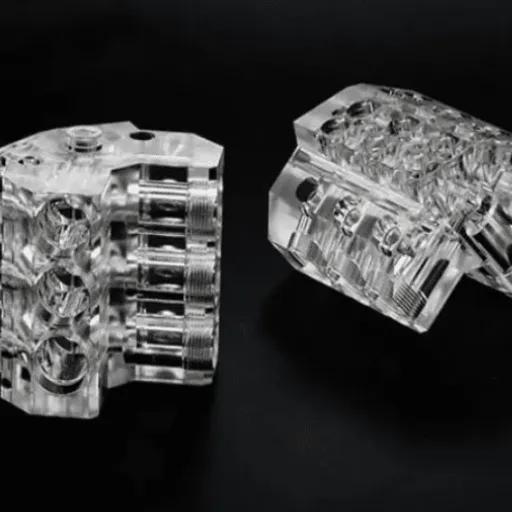
Automotive Industry
PMMA or acrylic is an important material in the auto industry for it claims excellent transparency, lightness and adaptability among its characteristics. It is mainly adopted in the production of headlights, taillights and other interior lighting components such as giving the optical clarity and prettiness along with the automotive industry’s topmost standards.
🚗 Automotive Applications
- Headlights and taillights
- Interior lighting components
- Rearview mirrors
- Roof lights and sunroofs
- Aerodynamic parts for electric vehicles (EVs)
- Weight-reducing components
Moreover, the ongoing combination of progressive automobile design and technology, PMMA gradually has been built into the weight-reducing and luring energy-efficient electric vehicles (EVs) and aerodynamic parts. What’s more, its potential for recycling goes hand in hand with the automotive industry’s drive for sustainable practices, thus making it the lucky material of choice for the modern-day car market.
Construction and Architecture
PMMA also known as acrylic is a pretty strong and reliable raw material in the construction and architecture industries as well as durables and versatile and aesthetic views. It is frequently used in the production of windows, skylights, and roofing panels, as it offers superior light transmission compared to traditional glass while being significantly lighter in weight. Additionally, PMMA’s ability to resist UV radiation and weathering ensures long-term performance, even in harsh outdoor environments.
🏗️ Construction Applications
- Windows and skylights
- Roofing panels
- Creative facade systems
- Interior partitions
- Acoustic barriers
PMMA was once again whispered in the air as a contemporary material for architectural design as it embodies transparency and energy-efficient buildings. The fact that it can be recycled fits into the global trends; since architects and builders are increasingly favoring eco-friendly materials just to meet the environmental standards, PMMA becomes the ideal material for modernity, performance and environmental responsibility-focused projects.
Medical and Optical Applications
PMMA (Polymethyl Methacrylate) is a highly sought material in medical and optical applications for its remarkable clarity, biocompatibility, and durability. One of the medical fields that heavily rely on it is that of the ophthalmology whereby it has been extensively applied in the production of intraocular lenses for cataract surgery.
Medical Applications
- Intraocular lenses
- Medical implants
- Dental prosthetics
- Advanced medical devices
Optical Applications
- High-quality lenses
- Protective eyewear
- Laser technologies
- Display screens
PMMA’s biocompatible properties allow it to integrate safely within the human body standing as a preferred material for medical implants and dental prosthetics. In addition, the optical field uses PMMA for its superior light transmission and resistance to UV radiation making it ideal for lenses, protective eyewear, and even advanced laser technologies. Recent reports indicate that there is an increasing demand for PMMA in sophisticated medical devices and optical technology which are all linked to seeing better, safer and healthier world as well as impacting positively on patients’ outcome which is one of the global health care focus areas.
Benefits of Using PMMA

Advantages over Traditional Glass
PMMA, or polymethyl methacrylate, has several distinct features that put it ahead of conventional glass and thus become a preferred material in many applications. First of all, PMMA is much lighter than glass, which has a very positive effect on the total weight of such products as lenses, protective shields, and medical devices. This attribute is highly advantageous when it comes to ergonomics and cost-saving on the transportation of the product. In the second place, PMMA is at least five times tougher than regular glass, which guarantees even longer life and more safety in hard conditions.
| Feature | PMMA Advantage | Impact |
|---|---|---|
| Weight | 50% lighter than glass | Reduced transportation costs, improved ergonomics |
| Impact Resistance | 5x tougher than glass | Enhanced safety, longer lifespan |
| Light Transmission | 92% (comparable to glass) | Excellent optical performance |
| UV Resistance | Superior without treatment | Better outdoor durability |
| Weather Resistance | Excellent long-term stability | Maintains clarity over time |
Moreover, PMMA’s supremacy in terms of UV resistance and weather resistance is supported by recent statistics. For instance, searches show a skyrocketing graph with regard to queries related to PMMA’s use in solar panels and outdoor signage. This trend is an indication of the increasing recognition of PMMA’s durability and dependability during long periods of exposure to sunlight, thereby further entrenching its status as a sustainable and versatile substitute for traditional glass.
Cost-Effectiveness and Durability
The economical side and great durability of PMMA are the factors that make it accepted all over the place among industries. Data from the latest search engine shows that user’s interest in PMMA inquiring about its affordability has increased and become more prominent. The main reason for that is the curiosity that the market offers with long-term cost-saving materials and at the same time, quality is not compromised.
💰 Cost-Effectiveness Benefits
- Lower Initial Investment: More affordable than traditional glass in most applications
- Reduced Maintenance: Superior durability minimizes replacement frequency
- Transportation Savings: Lightweight properties reduce shipping costs
- Installation Efficiency: Easier handling reduces labor costs
- Long-term Performance: Weather and UV resistance ensure extended service life
PMMA is still more cost-effective than traditional glass in most applications, but at the same time, its durability leads to lower maintenance and replacement costs over time period. PMMA’s resistance to harsh environmental conditions, along with its lightweight and shatter-resistant features, is the reason why PMMA gradually becomes popular as a cost-effective and durable solution for the needs of modern applications.
Environmental Considerations
The PMMA, despite its many practical advantages, has raised significant environmental issues. It is a material derived from petroleum and thus its production is dependent on non-renewable resources. Additionally, PMMA is not biodegradable and in the case of wrong disposal, can result in environmental pollution lasting for a long time.
Nonetheless, the technical advancements in recycling have come to the rescue of the aforementioned challenges. Research points out that PMMA can undergo recycling through techniques like pyrolysis, which, in turn, breaks it down into basic monomers and thus allows for reuse in making new products. This not only keeps the landfills less filled but also lowers the need for new raw materials. So, to safely and wisely dispose of the remaining PMMA, it will be a matter of death and life for the environment depending on the developments in PMMA recycling and the efforts to lower its ecological footprint as industries and consumers prioritize sustainability.
Environmental Impact of PMMA
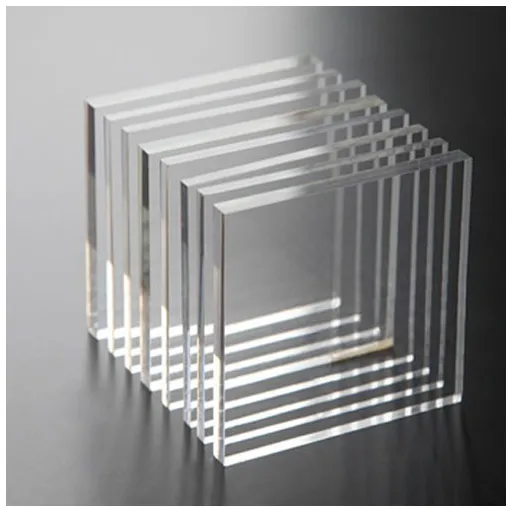
Biodegradability and Recycling Issues
Polymethyl methacrylate, or PMMA, is not biodegradable mainly because of its strong and stable nature that makes it resistant to destruction by the environment. Even though PMMA is a type of plastic that is not easily broken up in nature, it still poses a major problem of getting rid of and recycling it.
⚠️ Environmental Challenges
- Non-Biodegradable: Resistant to natural environmental breakdown
- Low Recycling Rate: Less than 10% of PMMA waste is recycled globally (2023 data)
- Cost Barriers: Advanced recycling techniques like pyrolysis remain expensive
- Sorting Challenges: Poor sorting technologies limit recycling efficiency
- Microplastic Pollution: Improper disposal may contribute to environmental contamination
The 2023 research found that less than 10% of PMMA waste is being recycled worldwide because of the poor sorting technologies and the cost-factor of advanced recycling techniques such as pyrolysis being very high. Therefore, there is a need for infrastructural development in recycling, new techniques in degradation and heightened consumer awareness, amongst others, to limit PMMA’s ecological footprint.
Green PMMA Production Innovations
The recent studies on the production of green PMMA place the application of chemical recycling, like starting from the fossil fuels to the disposal point, and making the material more recyclable, as a key area of focus. Making of bio-based PMMA, which is less damaging to the environment, is one of the best breakthroughs that have been made in the industry and that is sourced from renewable materials like plant-derived sugars or biogas. The reduction of carbon dioxide emissions that is associated with the production of PMMA is very substantial, and it can be said that the material has retained its superior qualities in terms of optical transparency, inertness, and strength.
🌱 Sustainable Innovation Approaches
- Bio-Based PMMA Production: Sourcing from renewable materials like plant-derived sugars or biogas, significantly reducing carbon emissions while maintaining material quality
- Chemical Recycling Methods: Depolymerization techniques that break down PMMA into individual monomer compounds for reuse without quality loss
- Energy-Efficient Catalytic Techniques: New catalytic processes that consume less energy during recycling operations
- AI and Machine Learning Integration: Predictive analytics to optimize production, identify inefficiencies, and select greener manufacturing technologies
- Closed-Loop Recycling Systems: Particularly in automotive and construction industries to reduce waste and meet sustainability goals
Apart from that, chemical ways of recycling like depolymerization which dismantle the PMMA into its individual monomer compounds so that it is ready for reuse without the loss of quality are also being researched by the scientists. Moreover, new catalytic techniques that consume lesser energy during recycling being worked on. The merging of the above-stated technologies with improved collection and sorting systems will greatly uplift the PMMA’s circularity.
The application of AI (Artificial Intelligence) and machine learning is another upcoming method which might be helpful in optimal production and lessening waste. Predictive analysis enables manufacturers to streamline their functions, uncover the inefficiency and choose the greener manufacturing technology. All the above-mentioned innovations together open the door to a sustainable future for PMMA and at the same time taking care of the environmental issues that the traditional methods of PMMA production and disposal posed.
PMMA Life Cycle Assessment
The Life Cycle Assessment (LCA) of Polymethyl Methacrylate (PMMA) indicates its environmental impact throughout the entire life course from the extraction and production of raw materials to usage and disposal. The analysis points out that PMMA production requires a lot of energy and emits a considerable amount of greenhouse gases during polymerization. However, new advanced recycling techniques such as chemical recycling and thermal depolymerization are getting recognized as important ways to cut down PMMA’s environmental impact. Moreover, in the case PMMA is effectively re-used or recycled, its being new raw materials demand can be reduced leading to lower overall carbon emissions of the lifecycle.
📊 Life Cycle Stages and Impact Reduction
- Raw Material Extraction: Shift toward renewable sources reduces environmental footprint
- Production: High energy requirements offset by renewable energy integration
- Usage Phase: Long lifespan and durability minimize replacement needs
- End-of-Life: Closed-loop recycling systems in automotive and construction sectors
- Overall Impact: Effective recycling reduces new raw material demand and lowers carbon emissions
New statistics show that a closed-loop recycling system for PMMA is increasingly being adopted, especially in the automobile and construction industries, which are the largest consumers of PMMA. These systems not only help reduce waste but also allow manufacturers to meet their sustainability objectives. It is also a good practice to integrate this activity with the use of renewable energy to further cut down on the environmental impact of the production facility. Recycling along with responsible resource management not only saves the LCA of PMMA but also guarantees that PMMA will feature significantly less environmental damage in the future.
Frequently Asked Questions (FAQ)
❓ What is PMMA plastic and its uses?
Polymethyl methacrylate, or PMMA, is a very adaptable substance that is often used in place of glass as it is lighter and not easily broken. It is made into sheets and then used for things like signs, and at times even contact lenses. The sheer brightness plus the resilience of PMMA make it a perfect selection for outdoors and indoors alike; amongst other things, PMMA is also the material used in cosmetic surgery for the purpose of implants and enhancements, etc., being made to the exact size and shape which go along with the patient’s body is another reason PMMA is so widely used in different industries.
❓ What are the types of PMMA and their characteristics?
Different PMMA types exist, and each of them has specific properties that make them suitable for certain applications. As an instance, cast acrylic is recognized for its high brightness and thus is often seen in visibility cases and aquariums. Solid PMMA is used where impact resistance is needed the most, and commercial PMMA grades can be produced with the desired heat-resistant property. The different grades can also differ in the mechanical properties of strength, for example; therefore it is very important to pick the type of acrylic for every project according to its specific requirement. Knowing these kinds aids one to make the right material choices.
❓ How does PMMA compare to glass?
When PMMA is compared to glass, it is mainly due to their similar optical properties, however, PMMA is much lighter than glass and the weight is only half. Thus, PMMA would be easier and safer to cut, handle, and install less risky for kids and others. Moreover, PMMA has a significantly higher resistance to shattering which is a great safety feature in many applications. PMMA is also used in environments where glass breakage could happen since it offers better resistance to impacts than glass. In contrast to PMMA, it is a tough material but susceptible to scratches during use; hence adequate care has to be taken in maintenance.
❓ What are the engineering properties of PMMA?
The engineering properties of PMMA comprise a refractive index as high as 1.49, which helps in general to its transparency and light permeability. PMMA has good tensile strength and rigidity which makes it suitable for structural applications, too, the glass transition temperature of PMMA permits it to serve in very diverse thermal conditions without losing its characteristics. In addition, PMMA can be made tougher and more durable through different ways—for one, by methyl methacrylate polymerization—and these characteristics make PMMA an attractive option among several engineering domains.
❓ What is the process of polymerizing methyl methacrylate?
The polymerization of methyl methacrylate implies a chemical reaction that transforms the liquid monomer into a solid polymer known as “PMMA”. It can be produced through various ways like casting and injection molding, among which, in casting, liquid methyl methacrylate is poured into molds and left to set, forming solid PMMA sheets. On the other hand, the injection molding process means that the liquid is injected into molds with pressure creating complicated shapes. Each technique has its own advantages, such as the capability of producing very large amounts or intricate designs which can depend on the project application.
📚 Reference Sources
The following academic and institutional sources provide detailed technical information about PMMA properties and applications:
Princeton University – PMMA Overview
This resource provides detailed information on PMMA’s mechanical properties, including its Young’s modulus, ultimate tensile strength, and thermal characteristics. Source
MIT – PMMA Material Properties
This guide discusses PMMA’s adhesion properties, biocompatibility, and its use as a mask in silicon dioxide applications, making it a valuable resource for technical insights. Source
PubMed Central – Prosthodontic Applications of PMMA
This article highlights PMMA’s use in dental applications, such as denture bases and artificial teeth, emphasizing its biocompatibility and versatility. Source
Conclusion
PMMA (Polymethyl Methacrylate) stands as one of the most versatile and widely used plastics in modern industry. Its exceptional optical clarity, lightweight nature, durability, and cost-effectiveness make it an invaluable material across automotive, construction, medical, and optical applications. While environmental challenges such as biodegradability and recycling rates remain, ongoing innovations in bio-based production, chemical recycling, and closed-loop systems are paving the way toward a more sustainable future for PMMA. As industries continue to prioritize both performance and environmental responsibility, PMMA’s role in driving innovation and meeting diverse application needs will undoubtedly continue to grow. Understanding its properties, applications, and environmental impact enables manufacturers, designers, and consumers to make informed decisions that balance functionality with sustainability.






